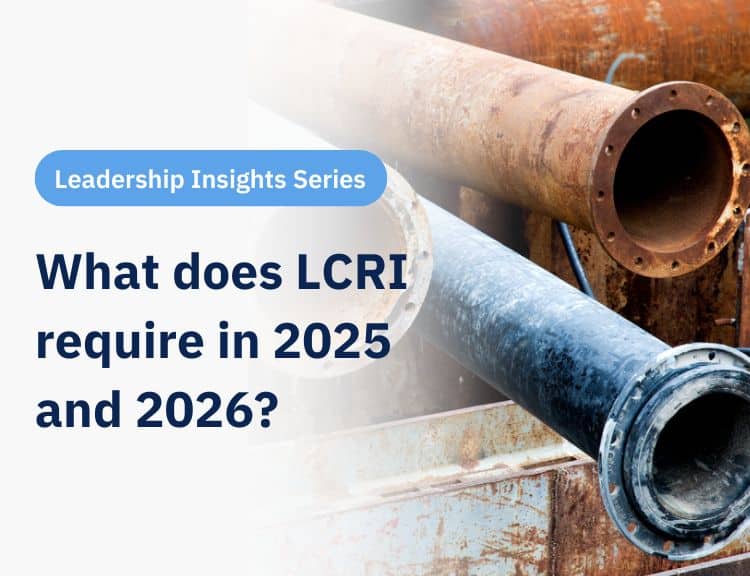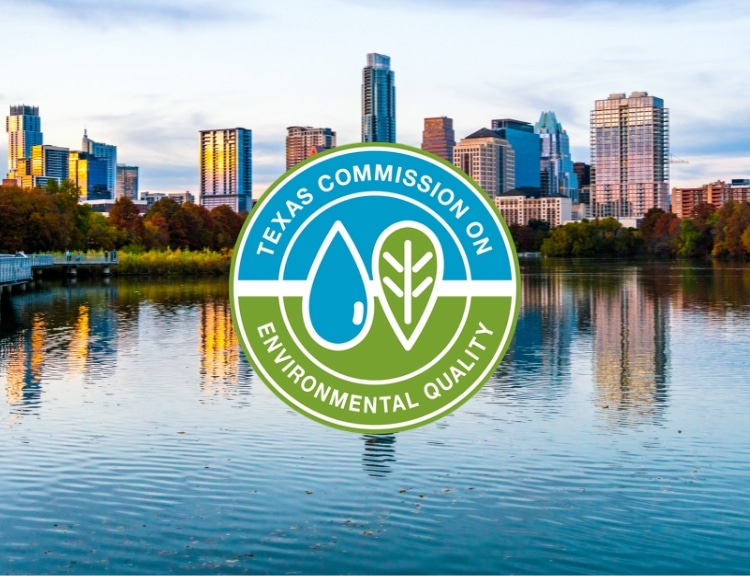Editor’s note: BlueConduit recently hosted a webinar around LCRI compliance and managing service lines of unknown material. In this series, we detail some of the questions we received.
We had this question from our webinar: If you have service lines that were determined to be non-lead using statistical analysis, do you still have to pothole them?
Water systems are asking this question in response to the LCRI’s new data validation requirement. Let’s break down this requirement a little bit more:
Firstly, why did the LCRI include a requirement for physical validation? Validation of service lines classified as non-lead, but not physically verified, ensures that the inventory is as accurate as possible without requiring the water system to dig up every line. It also allows water systems to adopt a science-based methodology to determine the number and distribution of service lines to be visually verified. It’s a much more efficient approach to validate the absence of lead across the entire system without spending time and money to physically verify the materials of every service line.
As part of this new validation requirement, water systems must physically verify the service line material of a representative sample of their non-lead classified service lines. The validation pool includes all service lines classified as non-lead, with the exception of those categorized as non-lead based on an installation date after a lead ban, recent physical verification, or known replacement.
Now that you know you have some digging to do, the question is, how much? That depends. The LCRI requires your non-lead validation pool be large enough in order to achieve a 95 percent confidence level. If you have fewer than 1500 service lines, this means inspecting 20 percent of the non lead lines, and a maximum of 384 inspections for the largest systems. Water systems have until 2034 to complete the validation inspections. We recommend you check with your state regulators if they require additional steps beyond the EPA validation requirement.
Start managing your unknowns and meet LCRI compliance with BlueConduit’s innovative software solutions, backed by expert data scientists, and delivered in Esri. Contact us to learn more.





